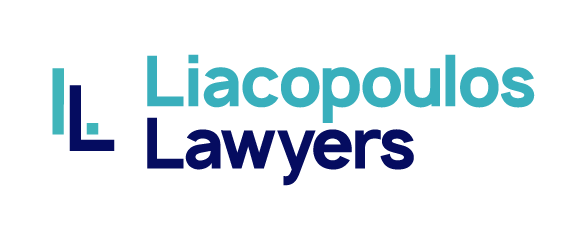A client’s Estate Planning should not be an automated process approached mechanically. Neither should it be forgotten between matters and rushed to complete before the signing date. Estate Planning requires careful attention to the client’s particular needs and all their surrounding circumstances to properly document their intentions regarding their estate.
The following is a list of the most frequently recurring errors I find when reviewing the pre-existing Wills of clients. And while it is always easier to critically evaluate someone else’s work, these five recurring oversights usually occur (in my opinion) in the work of lawyers who consider Estate Planning the “bread and butter” of their firm, without necessarily focussing their practice on the estate planning process.
- No provision for alternate Executors and Trustees – in many instances, the appointed Executors and Trustees have predeceased the willmaker, or are otherwise unable or unwilling to act in this capacity. If there isn’t an alternate Executor and Trustee appointed under the Will, there is a void once the willmaker has died regarding who is to fill this role, which adds cost and delay to the administration of the estate.
- No provision for foreseeable contingencies – we all hope that nature will take its toll on us in order of our ages, that is to say, that the younger of two people will survive the older. But this hope is not something we can expect when drafting a Will. Despite this, many Wills do not provide for the contingency that younger beneficiaries predecease the willmaker (with or without children of their own), which is a contingency that all lawyers should make their clients aware of and plan for.
- A lack of understanding of the client’s legal and beneficial ownership – the difference between control, legal ownership and beneficial ownership is a fundamental concept of the law. Yet time and time again, I see Wills that attempt to gift assets owned by a company that the willmaker owns shares in, or attempting to gift assets held within a trust structure. Care must be taken to ascertain precisely how assets are owned or controlled by the willmaker to ensure that the Will is correctly drafted to handover control or ownership of the asset.
- Lack of clarity regarding ‘equality’ – the most common distribution of an estate is an equal distribution between the willmaker’s children. However, the concept of “equality” often requires definition. For example: what adjustment (if any) is to be made of capital gains tax payable on an investment property when it is sold and how is this to be funded? Are gifts or loans made to beneficiaries during the willmaker’s lifetime meant to be taken into account, and if so, how? As such, for a truly ‘equal’ distribution, these factors need to be considered and the Will has to allow for adjustments to be made.
- Impractical distributions – often, the intended goals of the willmaker and the provisions of the Will are not alligned. For example, a willmaker may intend for a beneficiary to receive a sum of money, without any regard as to how this gift is going to be funded. If the willmaker were to die without having that sum available, then another asset may have to be sold to fund the gift, which may be problematic if it was intended for that asset to fall part of the residuary estate for the benefit of another beneficiary. Proper comprehensive analysis of the willmaker’s intentions and circumstances, as well as a adequately flexible Will, can overcome this problem.
Conclusion
A lot of the problems found in existing Wills can be avoided by the proper and thorough investigation of the client’s intentions, financial and familial circumstances. If you feel that any of the above may apply to you, please do not hesitate to contact my office to organise a complimentary review of your Will.

